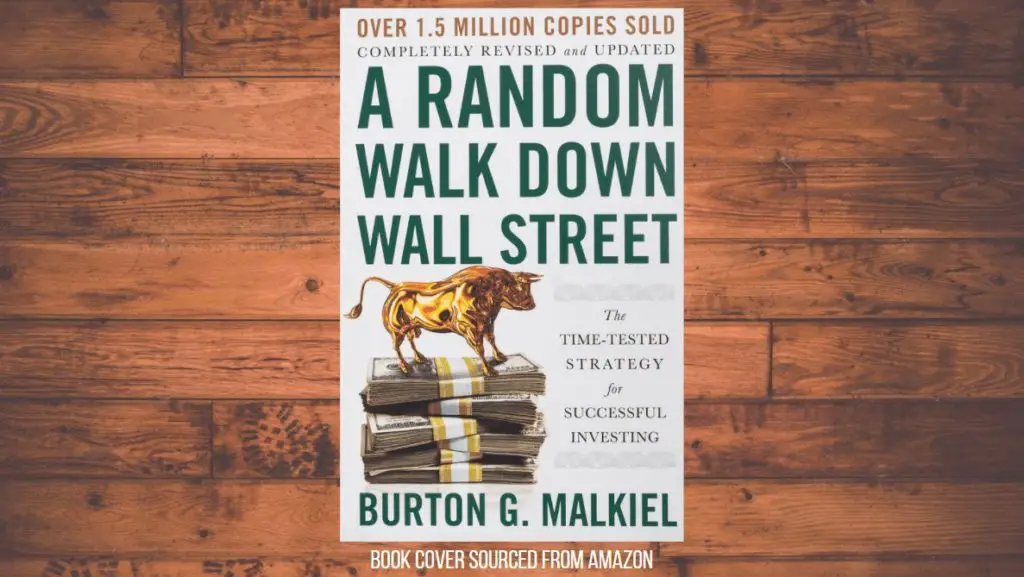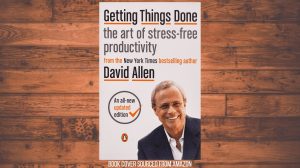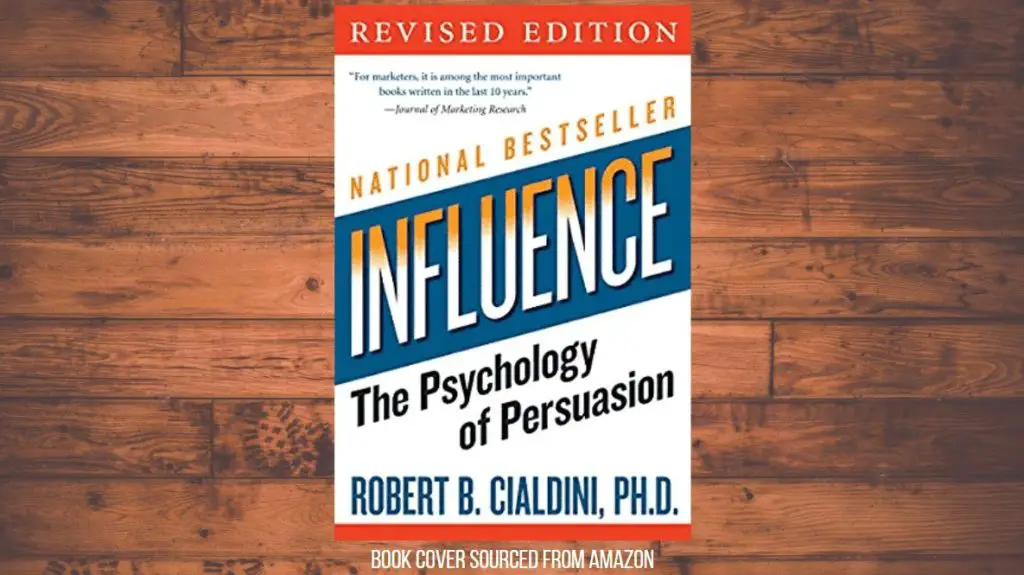1. Investors would be far better off buying and holding an index fund than attempting to buy and sell individual securities or actively managed mutual funds.
2. Avoid get-rich-quick schemes. It is not hard to make money in the market. What is hard to avoid is the alluring temptation to throw your money away on short, get-rich-quick speculative binges.
3. Look at a company’s/industry’s ability to make and sustain profits. The key to investing is not how much an industry will affect society or even how much it will grow, but rather its ability to make and sustain profits.
4. To estimate the proper value of a stock, you could use the 4 determinants a fundamentalist does: 1) The expected growth rate. 2) The expected dividend payout. 3) The degree of risk. 4) The level of market interest rates.
5. Rule 1: A rational investor should be willing to pay a higher price for a share the larger the growth rate of dividends and earnings. Rule 2: A rational investor should pay a higher price for a share, other things equal, the larger the proportion of a company’s earnings paid out in cash dividends or used to buy back stock. Rule 3: A rational (and risk-averse) investor should pay a higher price for a share, other things equal, the less risky the company’s stock. Rule 4: A rational investor should pay a higher price for a share, other things equal, the lower the interest rates.
6. Many analysts use a combination of techniques to judge whether individual stocks are attractive for purchase. One of the most sensible procedures can easily be summarized by the following three rules. Rule 1: Buy only companies that are expected to have above-average earnings growth for five or more years. Rule 2: Never pay more for a stock than its firm foundation of value. Rule 3: Look for stocks whose stories of anticipated growth are of the kind on which investors can build castles in the air.
7. Look for growth situations with low price-earnings multiples. Beware of very high multiple stocks in which future growth is already discounted. If growth doesn’t materialize, losses are doubly heavy—both the earnings and the multiples drop.
8. The golden number of stocks to hold is at least fifty equal-sized and well-diversified U.S. stocks. With such a portfolio, the total risk is reduced by over 60 percent. Further increases in the number of holdings do not produce much additional risk reduction.
9. Any investment that has become a topic of widespread conversation is likely to be hazardous to your wealth. Invariably, the hottest stocks or funds in one period are the worst performers in the next.
10. Avoid overtrading: Investors accomplish nothing from this behavior except to incur transactions costs and to pay more in taxes.
11. If You Do Trade: Sell Losers, Not Winners: Moreover, investors are likely to avoid selling stocks or mutual funds that went down, in order to avoid the realization of a loss and the necessity of admitting that they made a mistake.
12. The harsh truth is that the most important driver in the growth of your assets is how much you save, and saving requires discipline. The single most important thing you can do to achieve financial security is to begin a regular savings program and to start it as early as possible.
13. Don’t be caught empty-handed: cover yourself with cash reserves and insurance. For individuals, home and auto insurance are a must. So is health and disability insurance. Life insurance to protect one’s family from the death of the breadwinner(s) is also a necessity. You don’t need life insurance if you are single with no dependents.
14. Remember the overarching rule for achieving financial security: keep it simple. Avoid any complex financial products as well as the hungry agents who try to sell them to you.
15. Money-market mutual funds often provide investors the best instrument for parking their cash reserves.
16. Learn how to dodge the tax collector (legally of course). But I do mean to suggest that you take advantage of every opportunity to make your savings tax-deductible and to let your savings and investments grow tax-free.
17. You must decide at the outset what degree of risk you are willing to assume and what kinds of investments are most suitable to your tax bracket. Finding your sleeping point is one of the most important investment steps you must take.
18. Don’t let low commission rates seduce you into becoming one of the legion of unsuccessful former day traders. There is much about investing you cannot control. But you can control your investment costs. And you can organize your investments to minimize taxes.
19. Therefore, within each investment category you should hold a variety of individual issues, and although common stocks should be a major part of your portfolio, they should not be the sole investment instrument.
20. The most important investment decision you will probably ever make concerns the balancing of asset categories (stocks, bonds, real estate, money-market securities, and so on) at different stages of your life. more than 90 percent of an investor’s total return is determined by the asset categories that are selected and their overall proportional representation.
21. A substantial amount (but not all) of the risk of common-stock investment can be eliminated by adopting a program of long-term ownership and sticking to it through thick and thin (the buy-and-hold strategy discussed in earlier chapters).
22. The longer the time period over which you can hold on to your investments, the greater should be the share of common stocks in your portfolio.
23. For those in their twenties, a very aggressive investment portfolio is recommended. At this age, there is lots of time to ride out the peaks and valleys of investment cycles, and you have a lifetime of earnings from employment ahead of you.
24. The do-it-yourself step: Potentially useful stock-picking rules. Rule 1: Confine stock purchases to companies that appear able to sustain above-average earnings growth for at least five years. Rule 2: Never pay more for a stock than can reasonably be justified by a firm foundation of value. Rule 3: It helps to buy stocks with the kinds of stories of anticipated growth on which investors can build castles in the air. Rule 4: Trade as little as possible.
25. The two variables that do the best job in predicting future performance of money managers are expense ratios and turnover.
26. The problem with investment advisers is that they tend to be quite expensive and are often conflicted. Many investment advisers will charge you 1 percent of your assets per year or more for the service of establishing an account with an appropriately diversified portfolio. In addition, some advisers may be conflicted and will use investment instruments on which they earn an additional commission. If you feel you must get an investment adviser, make sure that adviser is a “fee only” adviser.



